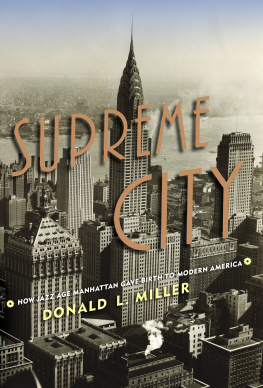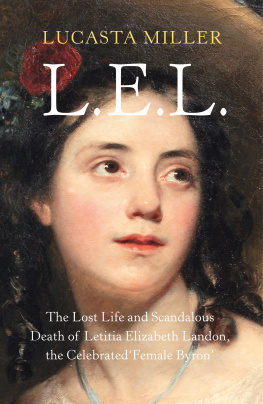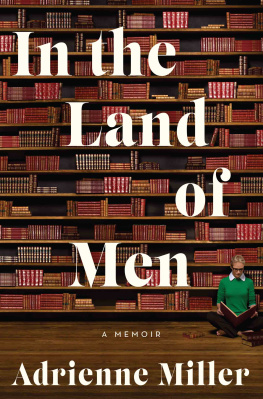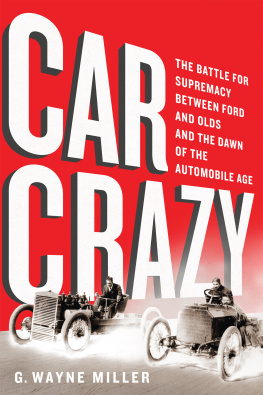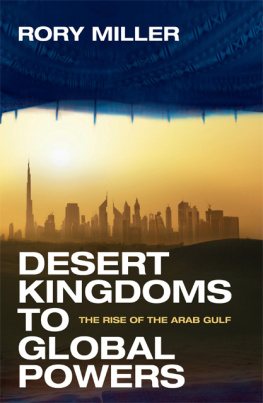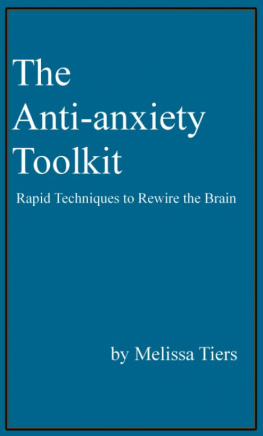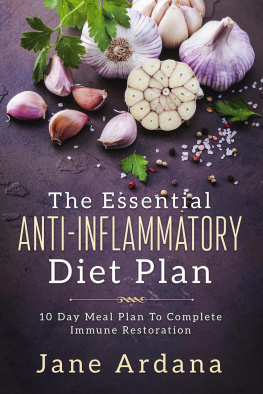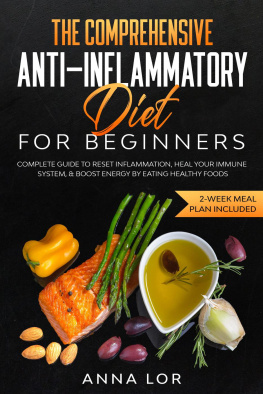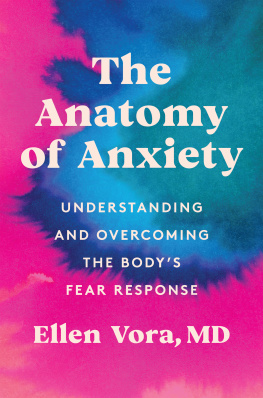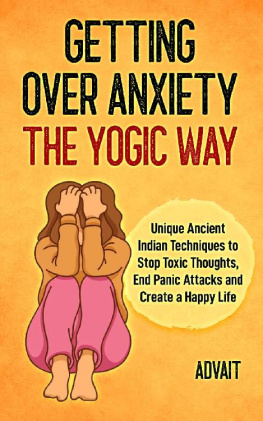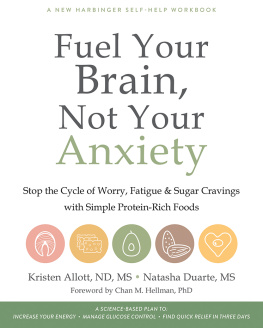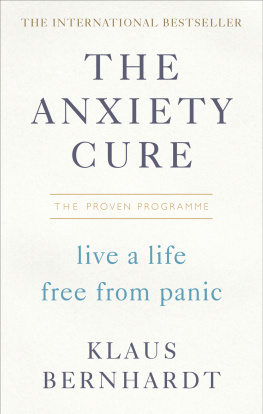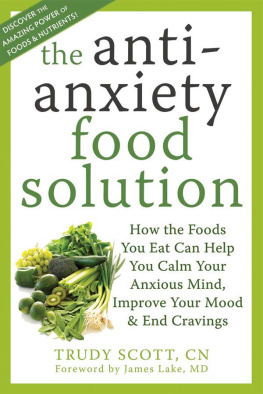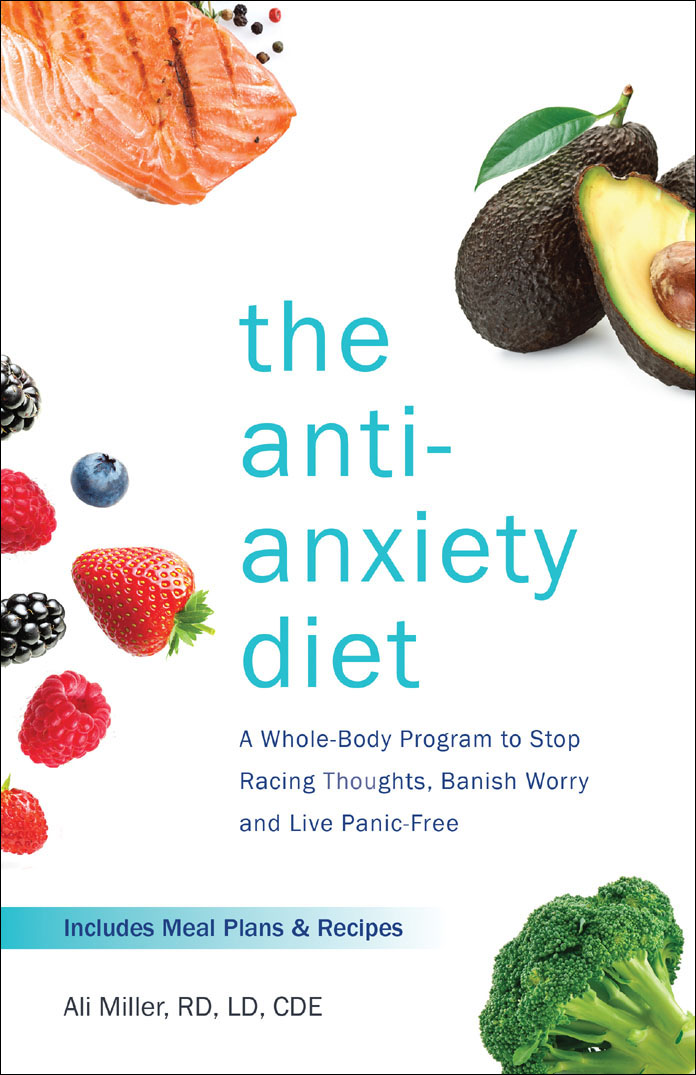Text copyright 2018 Ali Miller. Design and concept copyright 2018 Ulysses Press and its licensors. All rights reserved. Any unauthorized duplication in whole or in part or dissemination of this edition by any means (including but not limited to photocopying, electronic devices, digital versions, and the internet) will be prosecuted to the fullest extent of the law.
Published in the United States by:
ULYSSES PRESS
P.O. Box 3440
Berkeley, CA 94703
www.ulyssespress.com
ISBN: 978-1-61243-825-2
Acquisitions editor: Bridget Thoreson
Managing editor: Claire Chun
Editor: Renee Rutledge
Proofreader: Shayna Keyles
Indexer: Sayre Van Young
Front cover design: Rebecca Lown
Cover photos: salmon Tim UR/shutterstock.com; avocados Valentyn Volkov/shutterstock.com; berries Valentina Razumova/shutterstock.com; broccoli Serhiy Shullye/shutterstock.com
Distributed by Publishers Group West
NOTE TO READERS: This book has been written and published strictly for informational and educational purposes only. It is not intended to serve as medical advice or to be any form of medical treatment. You should always consult your physician before altering or changing any aspect of your medical treatment and/or undertaking a diet regimen, including the guidelines as described in this book. Do not stop or change any prescription medications without the guidance and advice of your physician. Any use of the information in this book is made on the readers good judgment after consulting with his or her physician and is the readers sole responsibility. This book is not intended to diagnose or treat any medical condition and is not a substitute for a physician.
This book is independently authored and published and no sponsorship or endorsement of this book by, and no affiliation with, any trademarked brands or other products mentioned within is claimed or suggested. All trademarks that appear in ingredient lists and elsewhere in this book belong to their respective owners and are used here for informational purposes only. The author and publisher encourage readers to patronize the quality brands mentioned and pictured in this book.
To all of you readers and food-as-medicine warriors: may you find hope and direction with a pathway toward mental clarity,
improved mood, and a mellow state of mind. Take the time and energy to apply the recommendations and honor your body. You
are worth it!
Contents
Growing up as a dancer I was always very health conscious. I considered my body a machine and worked to fuel it with healthy foods. Skim milk, whole grain, high-fiber processed products, and diet soda were among my healthy choices. In college, I transitioned from majoring in dance to nutritional sciences, with a newfound environmental consciousness, which led me to get involved with sustainable food production and the farm-to-table movement. Inspired by animal welfare networks, I became vegetarian at age 19, then vegan at age 20, substituting animal proteins for soy and meat analogues; they were cholesterol-free, after all, and sustainable, right?
During this time, my hunger for spreading healthy eating and changing the world with vegan advocacy was growing. I wanted to do whatever I could to immerse myself in the field of nutrition and get experience as a dietitian. While taking courses to become a registered dietitian, I worked in a hospital as a diet technician, where I was in charge of adjusting plates to be compliant with guidelines for diabetes, sodium restriction, postpartum nourishment, etc. I coordinated formulas for tube feedings and supplemental shakes with products (often recommended by physicians) that contained corn syrup solids, highly refined soybean oil, canola oil, high-fructose corn syrup, soy protein isolate, and other food-like substances with artificial colorants and flavors to boot.
I knew that this was not real food or anywhere on the path to nutrition as I imagined it, but it was a step toward understanding how the current medical system views food. In attempts to share the influence of food as medicine with the hospital and staff, I offered a class on probiotics. The class was well received, with nurses, dietitians, and doctors giving positive feedback and asking questions. I had found my calling! I needed a learning environment that would teach me how to use food as medicine rather than as a mere calorie filler.
I completed my nutrition education at a naturopathic college, Bastyr University, where my philosophies on food were greatly expanded and challenged. I learned about food on a biochemical level: how nutrients, phytocompounds, antioxidants, and enzymes influence the function of the body. I learned about anti-nutrients, or compounds in particular foods (including soy, legumes, and many vegetarian forms of protein) that block the absorption of vitamins, minerals, and nutritional elements. I also learned that the bioavailability of nutrients varies from vegetable to animal. For example, a mere 30 percent of iron is absorbed in the body from vegetarian sources as opposed to 100 percent from grass-fed beef or bison! I became fervently invested in nutritional sciences, picking up any elective courses and opportunities available to immerse myself in a deeper understanding of how food could be medicine. Yet, as the stress of my workload and courses increased, my drive increased, which led to racing thoughts, lack of sleep, and ultimately, a toll on my body.
During the last quarter of my first year at Bastyr, I did a span of four months as a raw vegan. My system did not receive this well; I was constantly bloated, fatigued, and started getting neuropathy with pain, tingling, and loss of sensation in my hands and feet. Unable to ground my floating brain, I was overwhelmed with constant racing thoughts. My circulatory system was stagnant and I was always cold and clammy, but my commitment to the cause of vegetarianism silenced the signals of my body. After the third year as a vegan and a four-month run as a raw vegan, I started experiencing shortness of breath and significant brain fog, and for the first time, I experienced a chronic onset of anxiety. Beyond persistent worry and negative thoughts, I was also starting to experience panic attacks. Tunnel vision, walls closing in on me, shortness of breath, the proverbial elephant on the chest, and exhausting insomnia all became the norm. I was seeing an acupuncturist, taking Chinese herbs, and stopped eating a raw diet to include more warming foods, but I was not improving. If anything, I was declining. The more I obsessed and searched for a cure, the sicker I became.
Finally, I went up to the naturopathic clinic and did extensive blood work. I learned that I had an autoimmune disease with elevated antinuclear antibodies (ANA) and a diagnosis of Hashimotos thyroiditis, along with B12 deficiency and iron deficiency. It was starting to make sense: the neuropathy, the brain fog, and the shortness of breath, the vegan diet void of these nutrients! My naturopathic doctor prescribed a B12 sublingual supplement and an easily absorbable iron supplement for my deficiencies, and provided a handout of vegetarian sources of these nutrients. Even though I had been eating those foods in focused high amounts, I was still deficient!
I started to see improvement in the shortness of breath and severity of pain but felt that there was something more to it. I still didnt feel grounded or balanced. As a future practitioner who wanted to use food as medicine, I needed to start with myself, and in this case, that meant incorporating animal products into my diet in order to meet my bodys increased demand for nutrients. I would need to bypass the anti-nutrients in many plant-based foods, and take full advantage of the enhanced bioavailability of animal-sourced nutrients. I had to make peace with becoming an omnivore again to fully heal. I committed to only consuming animal products that were free of antibiotics and growth hormones, and raised in a humane, small-scale environments on a traditional pasture-centered diet. I started with raw egg yolks in my green smoothies, then lightly poached eggs from pasture-raised chickens, then wild fish. Over the course of six weeks, I was consuming two biological sources of protein daily.


